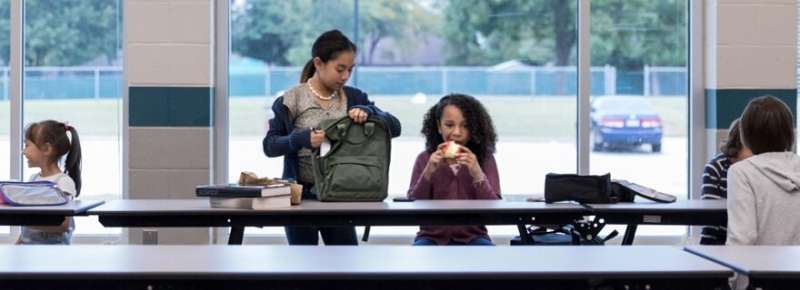Teaching children who are deaf or hearing impaired about emotions and social conventions

Children with hearing loss often fail to pick up on nuances in other people's emotional responses. As a result, they do not always understand what is going on. Yung-Ting Tsou, a Ph.D. student at Leiden University, found that having more knowledge of emotions and social conventions can help them in their everyday interactions. The doctoral defense will take place on 11 November.
Children who are deaf or hard of hearing live in a predominantly listening environment and often miss crucial information in their contact with others. As a result, many of these children have fewer opportunities to participate in social interactions and their social encounters are also of a 'lower quality', says Tsou. This prevents them from learning more about emotions and social conventions. To gain a better understanding of this problem, Tsou investigated how pre-school children—with and without hearing loss—interpret social interactions and how they react to other people's emotions.
Comparison of children with and without hearing loss
Tsou carried out the research in collaboration with the LUMC and the Chang-Gung Memorial Hospital in Taiwan. She gave both groups of children behavioral tasks to complete; she observed their reactions and asked the parents to fill in questionnaires. In simple social interactions, children with hearing loss performed more or less as well as their peers without hearing loss. However, they found tasks that required a certain level of knowledge about social interactions much more difficult; for example, understanding the emotions triggered in a social situation and reacting appropriately to other people's emotions. In many cases, the children lacked this knowledge.
Compensating processing patterns
Tsou investigated how children process verbal and non-verbal information and how they respond physiologically to other people's emotions. Using eye-tracking, she found that children who are deaf or hard of hearing primarily rely on their own visual coding strategy. In social situations, they tend to look for explicit, visual cues such as eye expressions or the posture of those with whom they are interacting.
Seeing non-positive expressions, such as angry and neutral faces, physically affected the children more than seeing happy expressions. Negative expressions are likely to increase cognitive effort, since the children need to think harder about what the angry face means. Without sufficient socio-emotional knowledge, these children can easily be misled by their visual strategy or feel exhausted when they participate in social interactions, added Tsou.
Tailor-made treatment
The Ph.D. student is in favor of introducing more tailor-made treatments to better help these children in their everyday interactions. Professionals and parents can teach them more about different emotional events and social conventions, for example through stories and cartoons. Contacts of children who are deaf and hard of hearing can use a variety of communication tools, such as simple gestures that support the spoken language. It would also help to turn off disturbing background noises so that hearing-impaired children can hear the person speaking better. Tsou is confident that this would not only be beneficial for this group of children, but for all children.
Provided by Leiden University



















